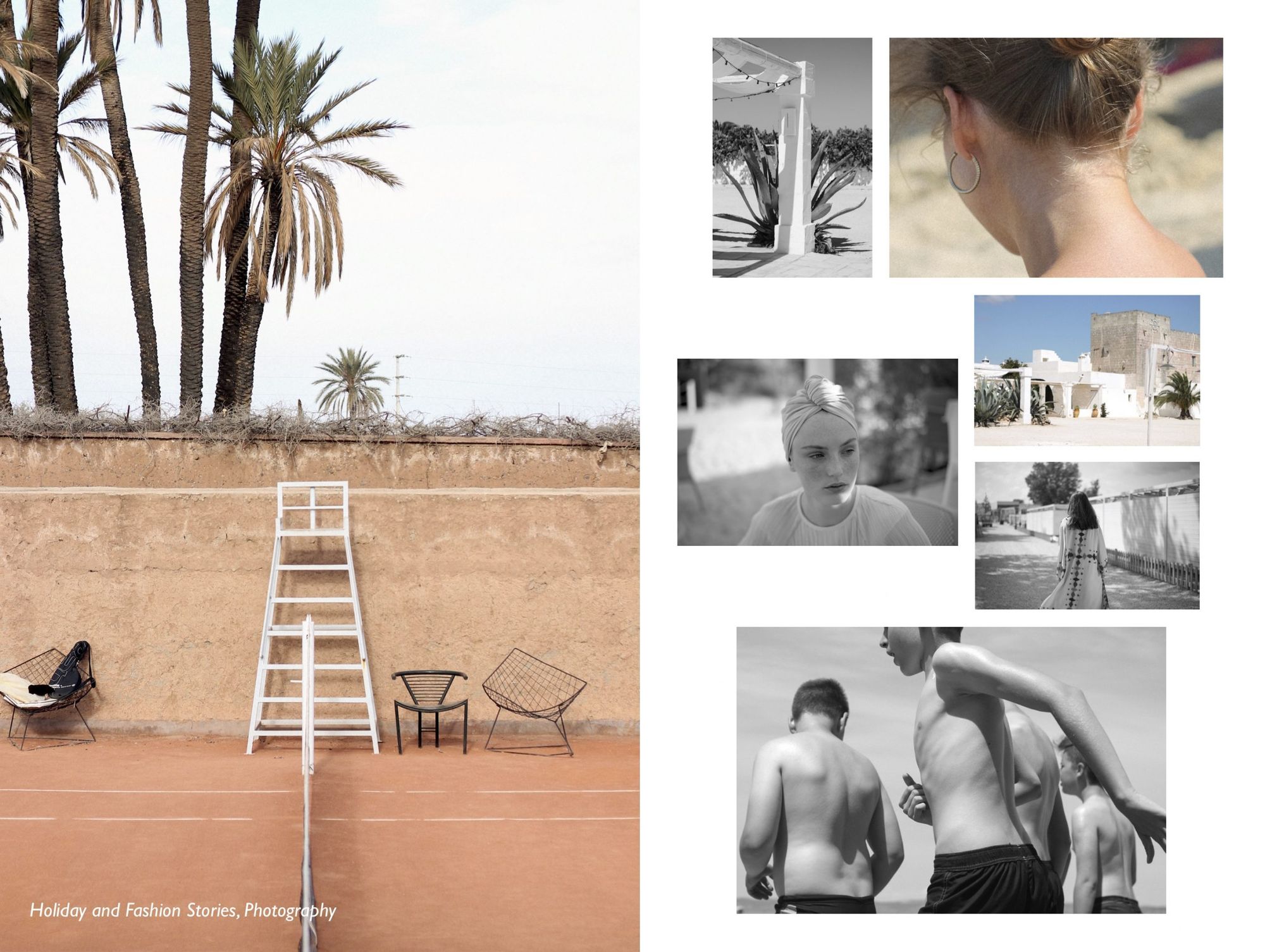Angie Pálmai is the art director of curated by ATELIER and the visual storyteller of The Journey Matters. However, it would be difficult to introduce Angie in a usual short description, which is why I asked her to tell us about herself, as I had so many questions about her work. From her answers, it became clear to me that Angie is a real storyteller, regardless of the medium. Perhaps that is how I would call her, ultimately, as a storyteller because it says a lot about the way she looks at life and how she presents her work: lyrically, sensitively, intimately, yet we feel the outside observer, the distancer, the professional. This sensibility is matched by good taste, which is always identifiable in her creative direction. You should get to know her better too!
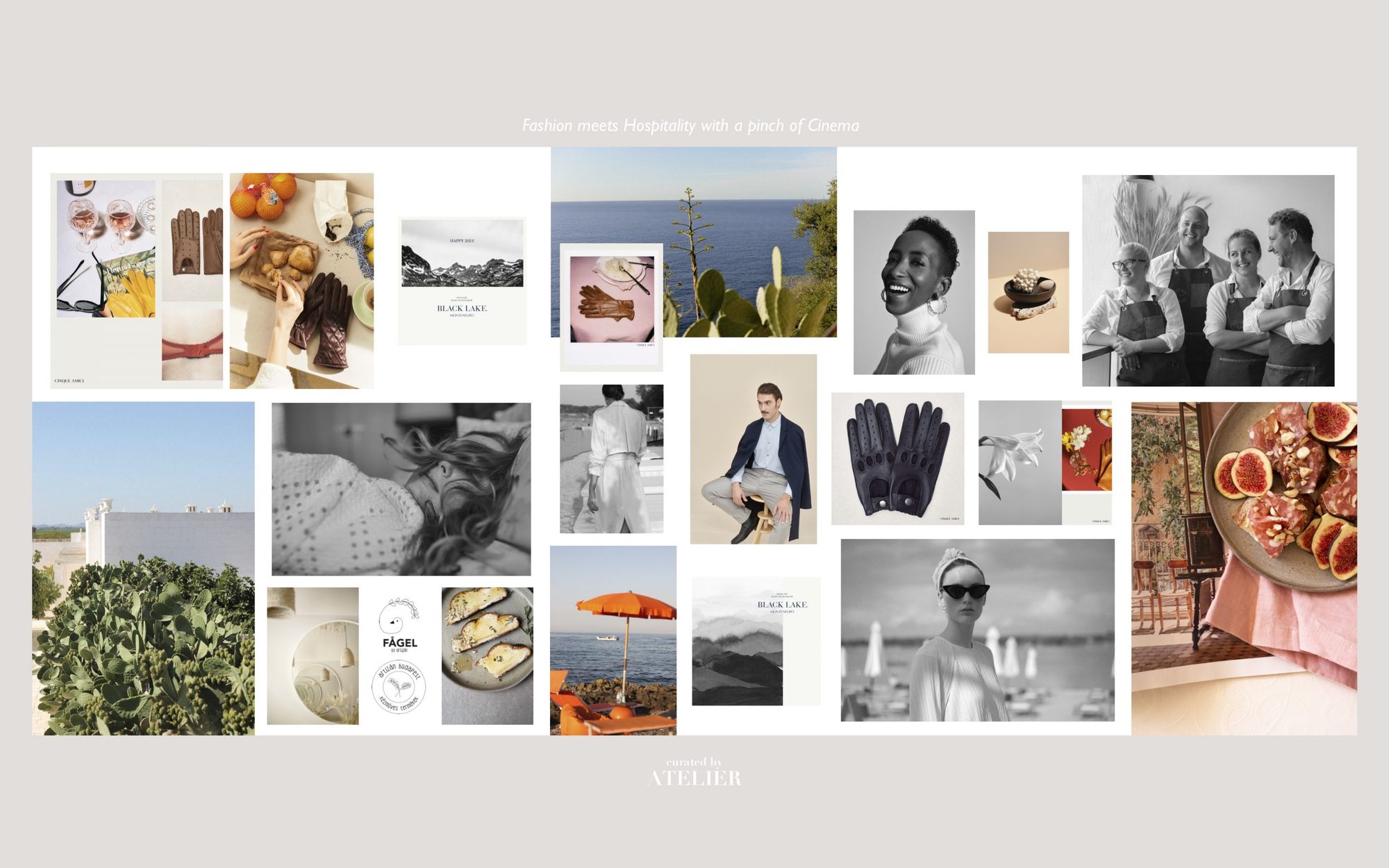
The first thing that comes to my mind about your work and the many things you do is freedom, but there is something very specific about being a visual professional. Can you tell us about how your interests have evolved?
My interests were practically built on each other. Creative research, stylistic directions opened up new topics. I explored one area from different angles, which eventually became interconnected.
That kind of perspective, which allows you to look at something from many different angles, is very liberating and inspiring.
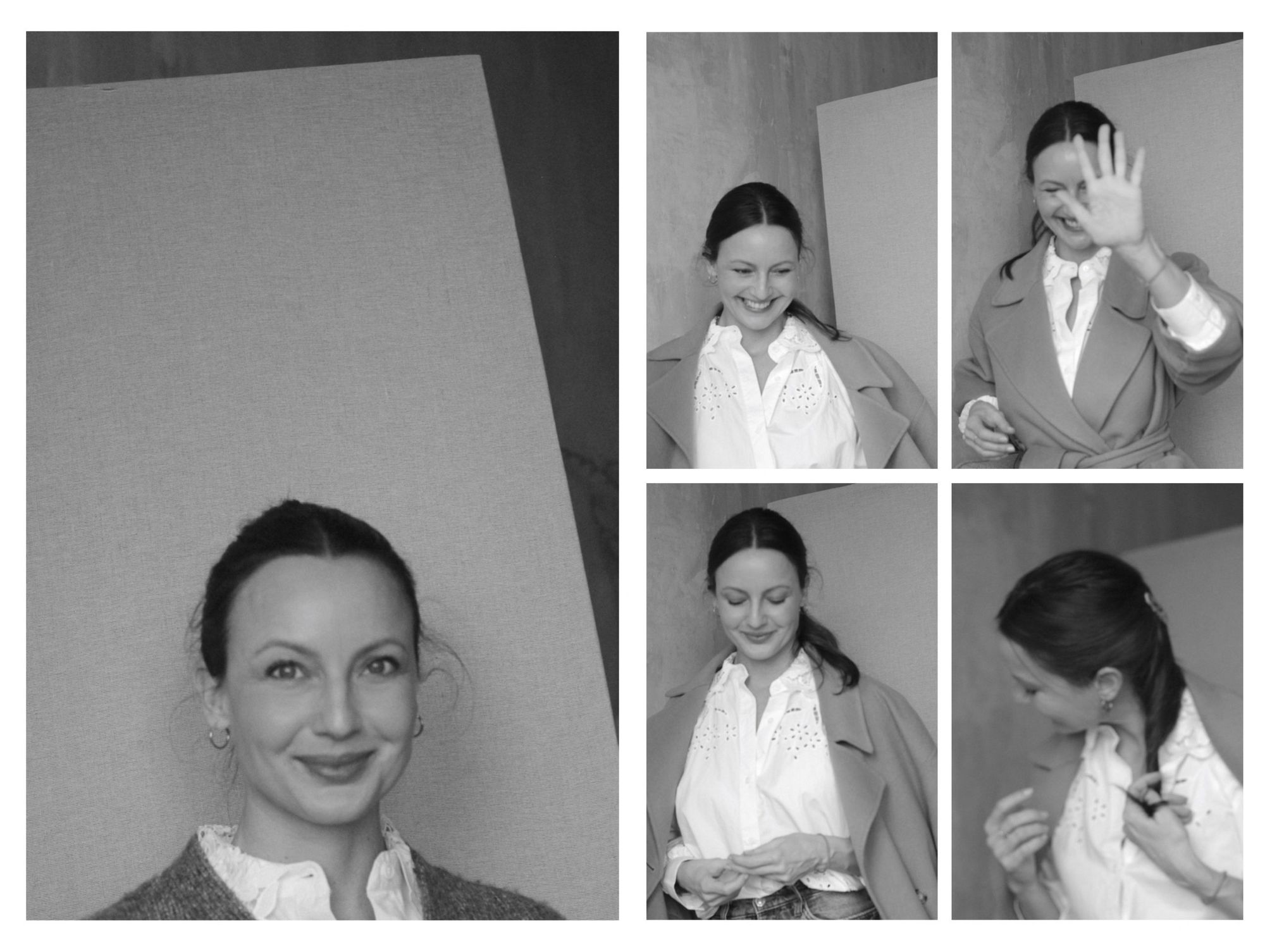
I’ve been studying the topics of photography, fashion, trend, concept store and hotel for the past decade, which has shown me more and more refreshing directions and brought together different professional fields. Today a brand should be seen as a magazine, a film, a gallery and a community space all at once. Thus, I am often editor, director, curator, stylist, and host in my work. We create multiple areas visually, forming a coherent fabric.
As a visual professional, perhaps the most important thing is that the image we create—beyond giving an aesthetic spectacle—always accompanies quality thoughts. So we are actually much more concerned with the underlying content and it is the brand’s style that decides how we express that content visually. Our work is very similar to filmmaking; there is also a script, production design, directing, editing, etc.—and bringing all of these into harmony to convey something valuable, inspiring and lasting.
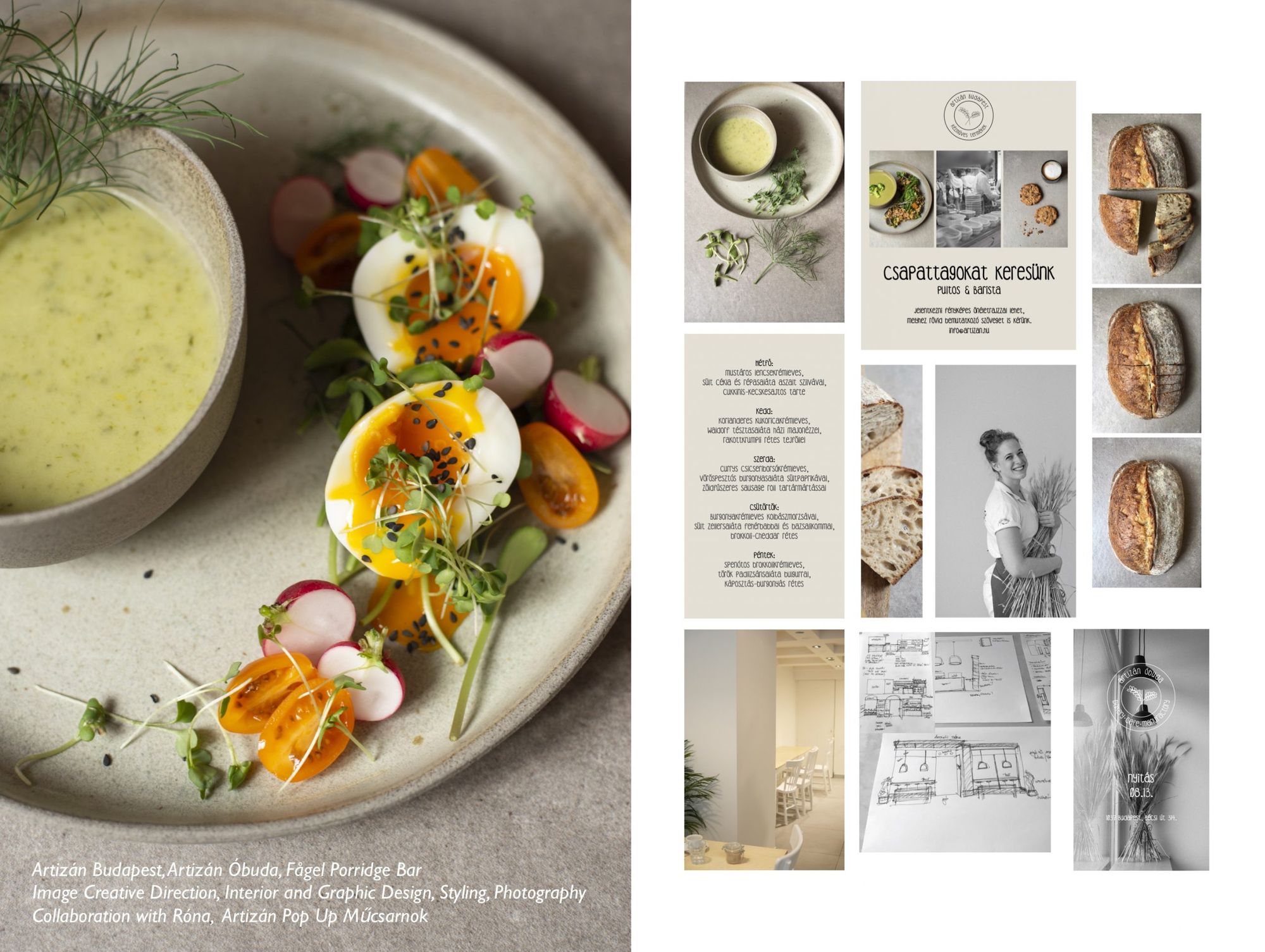
Is there a topic or life situation that you particularly like to document?
I’ve found balance in documenting travel images in addition to concepts and structure—here, basically, I photographed what was in front of me, without any artistic and creative direction. The same moment and opportunity didn’t happen once again. This kind of photography teaches me to appreciate the time, the place, the person, the feeling, the present.

Portrait photography has become my primary genre if I had to define my type of work. I love the faces, looks, characters and situations that we give unexpectedly to each other. In fact, an inspiring session of portrait photography equals a wonderful dance experience for both of us. Sometimes we took many more pictures than we had planned, simply because what we were experiencing together took over and we didn’t want to stop.
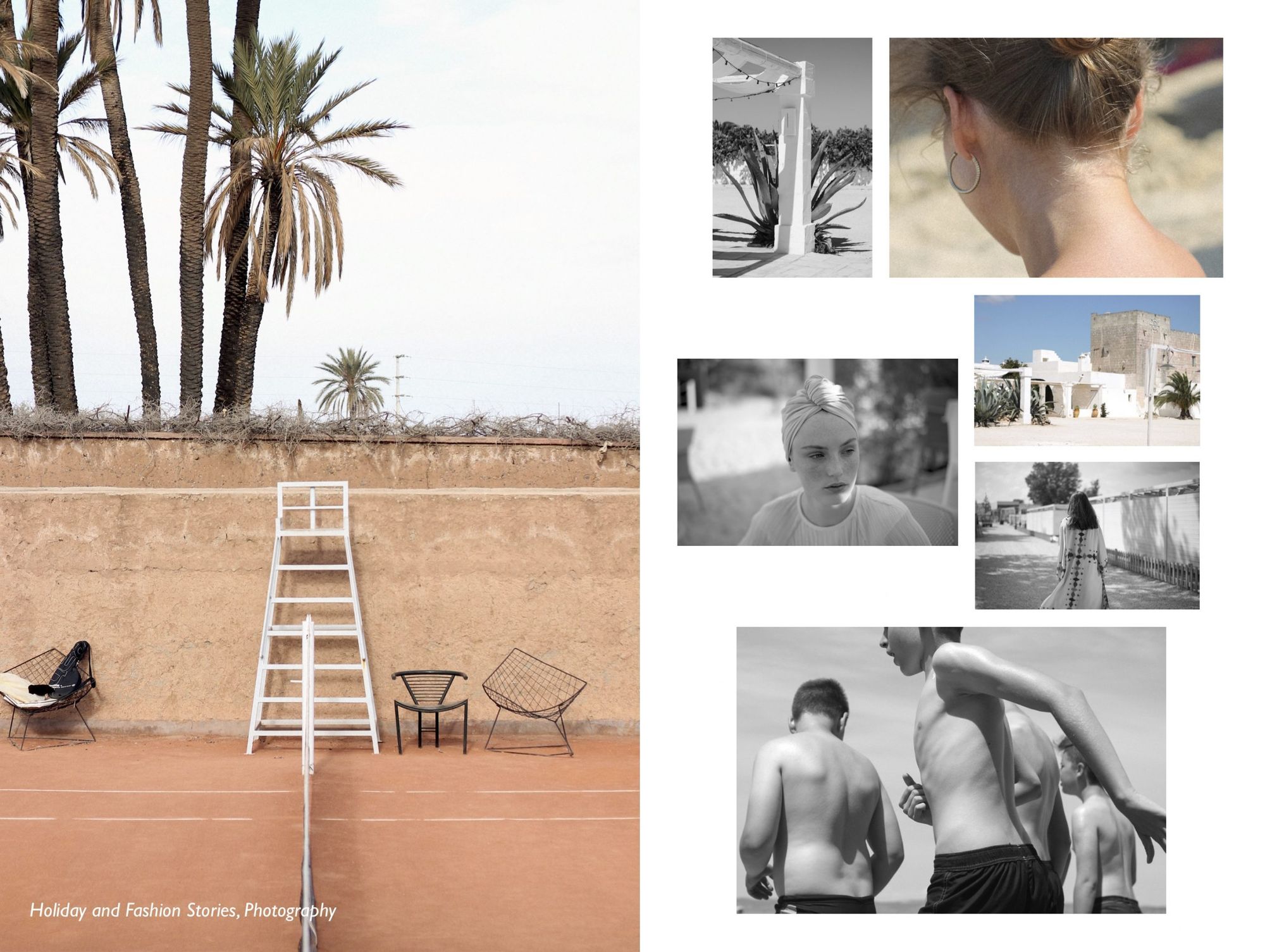

What type of brands do you like to work with when it comes to creative direction?
Collaboration works with brands that provide a quality product or service. These brands’ dedication and spirit are present in the products, which we translate together into a visual language.
In this way, every visible area will truly be an illustration of your inner resources, your knowledge, your inspiration, your passion, your whole visual world. This usually goes beyond an image. Any visual expression should reflect the quality with which your products are created. This makes the brand authentic, unique and recognizable.
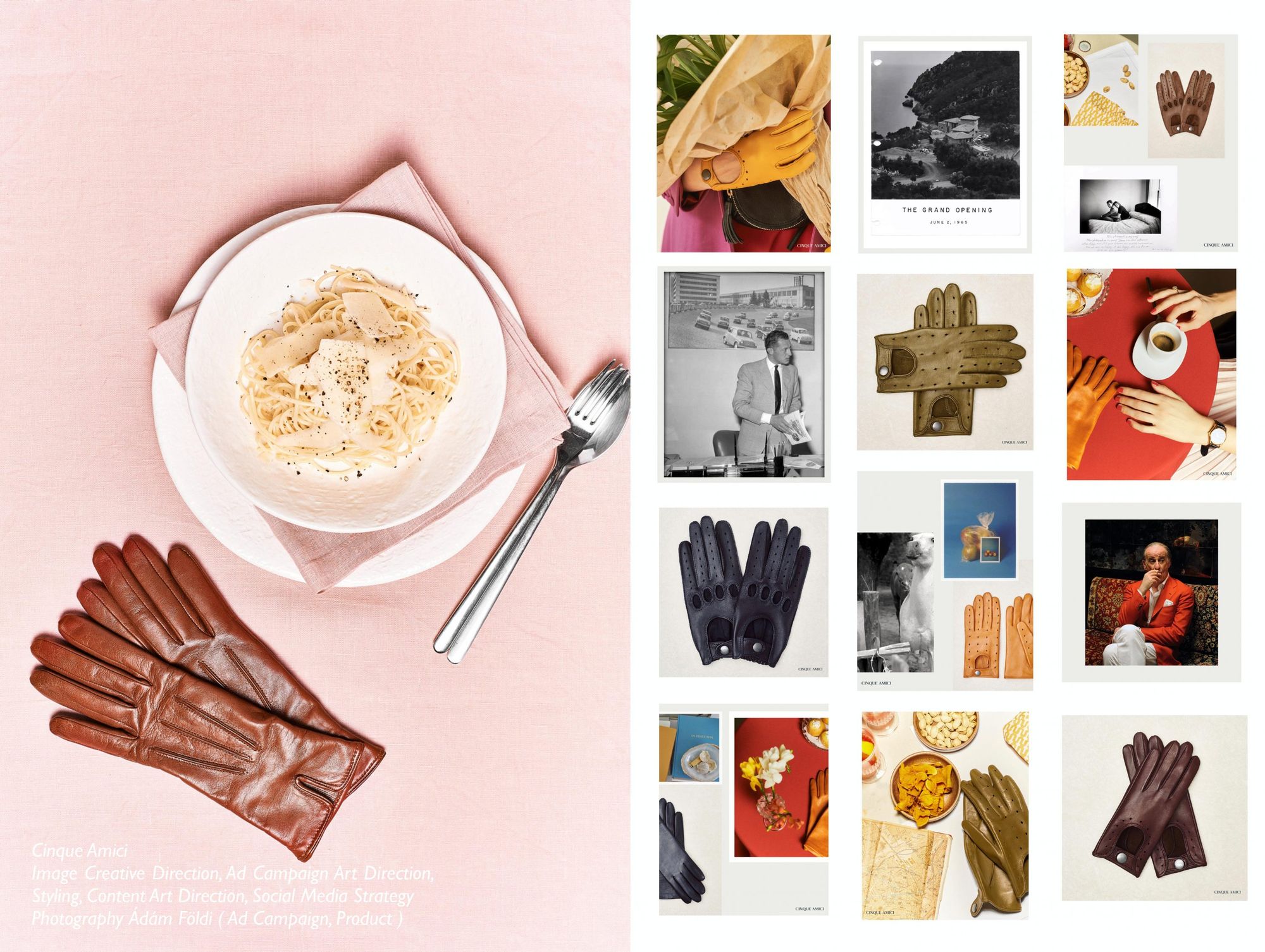
During a joint work, the aim is to make a brand be aware of its values, cultural links, and how, by what means, and in what style it conveys its way of thinking and sense of life. Developing a clear creative strategy will help you build further collaborations, events, projects, product developments and brand extensions. Therefore, we work with continuous and seasonal communication, which means that in addition to the constant style features, there are always changing elements included in the strategy, which allows us to plan usually a year ahead, especially in terms of collaborating partners and events.

Today, Instagram is almost the first platform we check when looking at a brand—what do you think are the current trends that work well, what makes a profile work or not? What grabs our attention and perhaps more importantly, how does it keep that attention?
I think likewise in the world of Instagram: quality and consistency are the most important things, as well as authenticity. Trends work when a brand sees them as a tool that helps unfold, connect and develop its values. Therefore, I think how and to what extent a brand applies a trend to its own world is more important.
In terms of current trends, I would mention the low profile – high-performance combination as being prominent. The profiles that stand out to me are those whose communication is not just about attracting attention but building community with high-quality content and visuals.
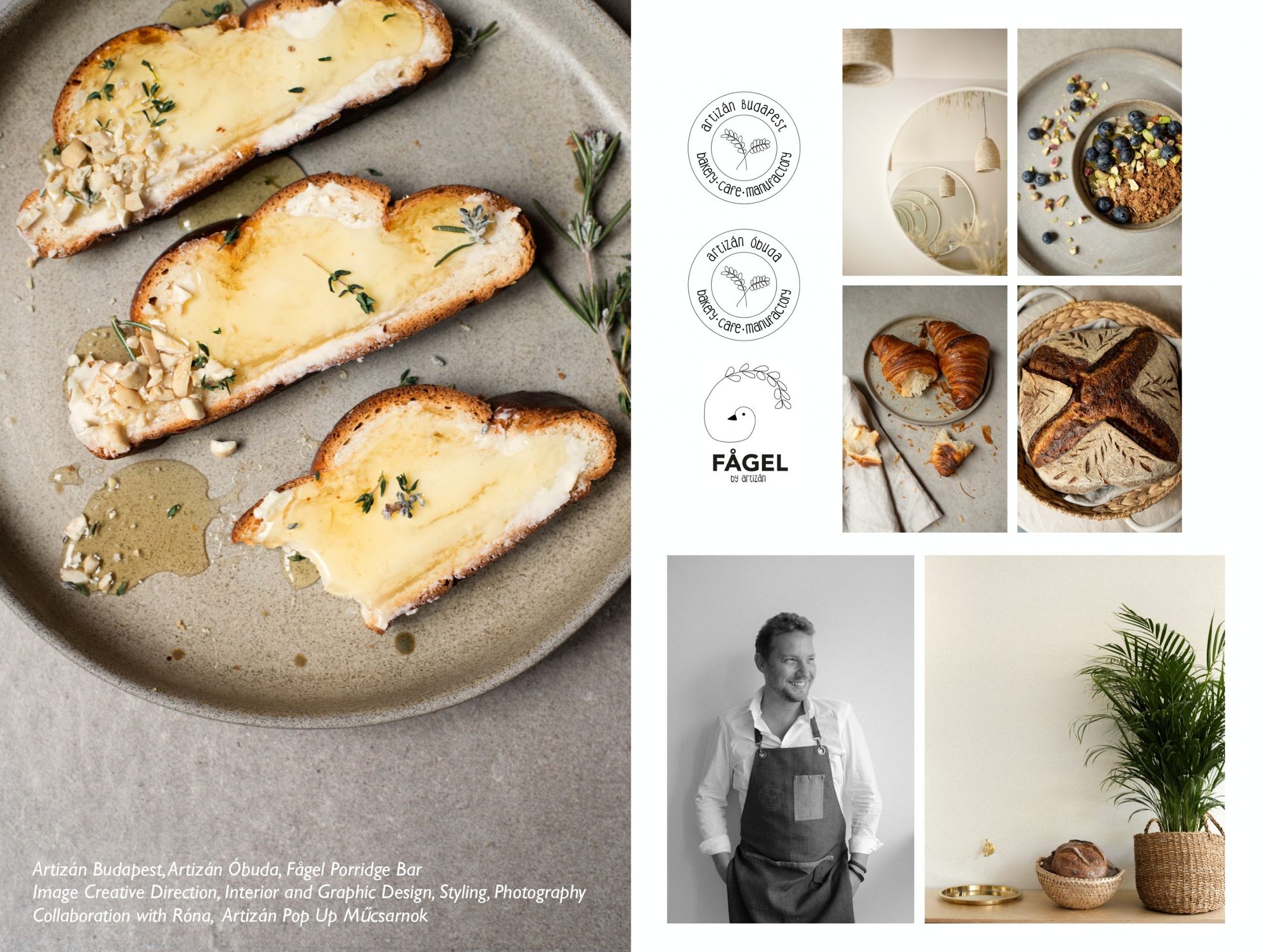
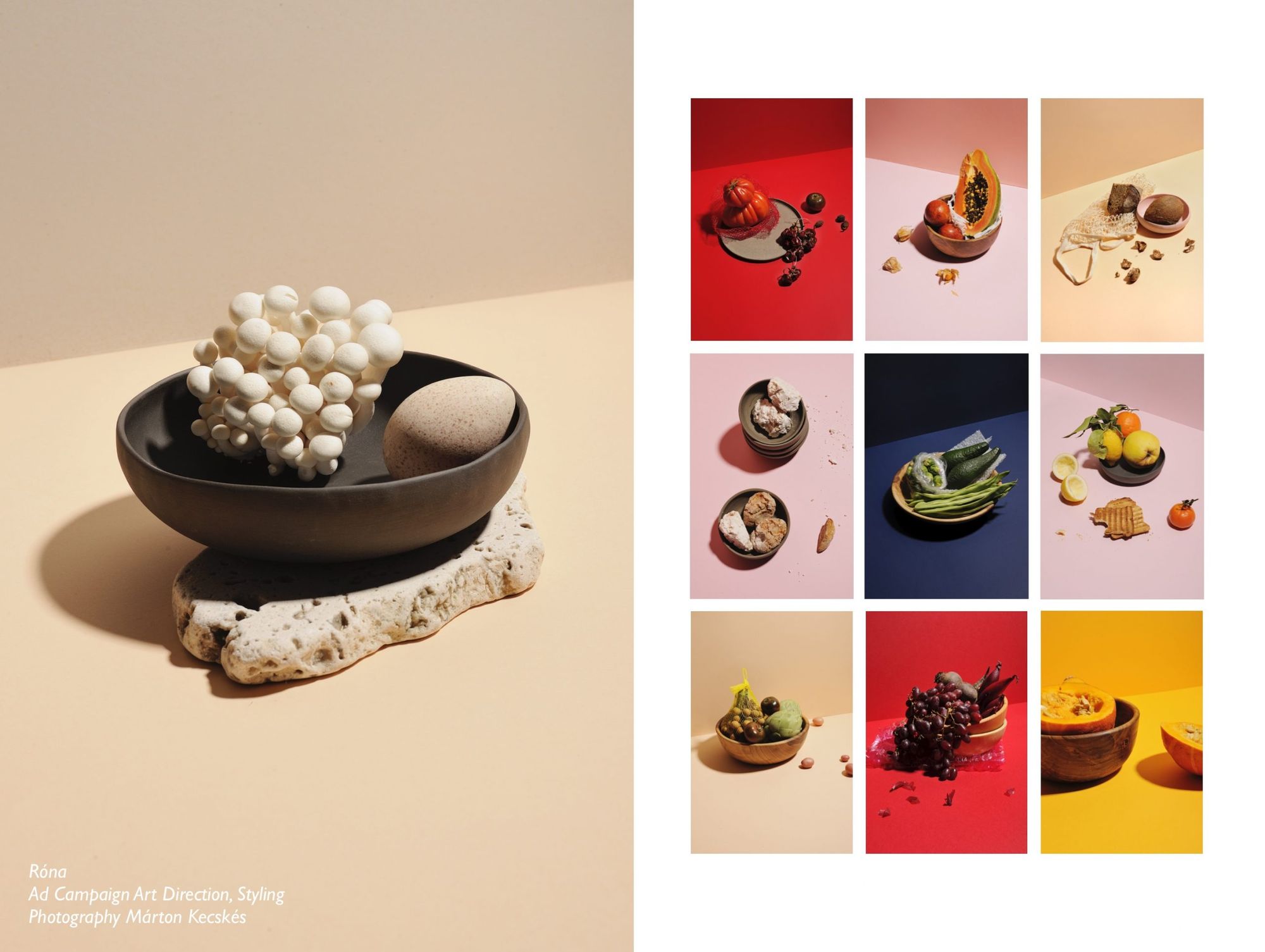
Speaking of brands, why do you think it’s important for a fashion brand’s identity to be able to represent a lifestyle, for example?
For a long time, the presence of lifestyle in fashion did not necessarily bring success to a designer. This has changed continuously over time, and fortunately, we are once again living in a world where the environment and the lifestyle in which we wear the clothes are becoming increasingly important.
Thus, fashion has the most to do with our thoughts and feelings, and the visual and functional product of the mood, story, lifestyle of a particular garment or collection. Fashion is, in fact, a wonderful tool to express an idea, a social and artistic connection, a reflection of present influences, or a fusion of all these.
An extremely rich creative system linked to business plans, which we try to communicate from every possible angle. The authentic lifestyle in the brand building usually brings new opportunities for collaboration, which opens up space for both events and communication: I see the brand’s future in collaborations, in artistic and creative aspects, which can bring new segments, products, services and success for both parties.
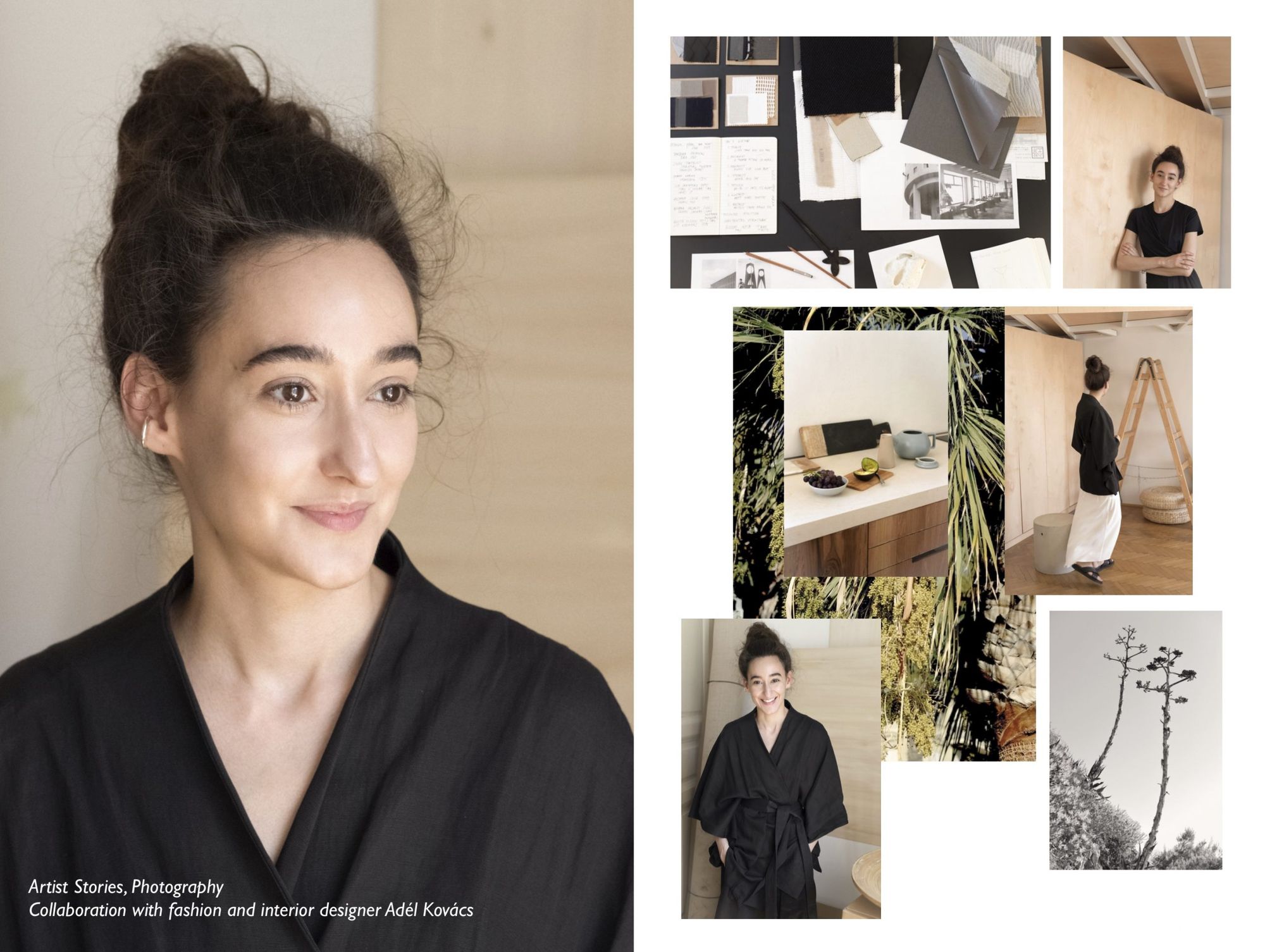
How did you get into teaching? What do you like most about it?
During my studies, I felt I wanted to explore the world of fashion from more than one angle, so I read as much as I could, went to exhibitions and traveled. I was passionate about research, analysis, looking for the connections, the essence of fashion, or I didn’t know at the time, but really the essence of style.
What I love most about education is storytelling. I don’t really teach, I tell stories, and in doing so, I help students find and tell their own stories.
Every year passes with gratitude for every minute spent with students. There’s nothing like the feeling you get when you see someone open up, transform, grow, blossom. This is probably how my involvement manifested itself. This is how I realized that this is also part of my job: to inspire and support others on their journey.

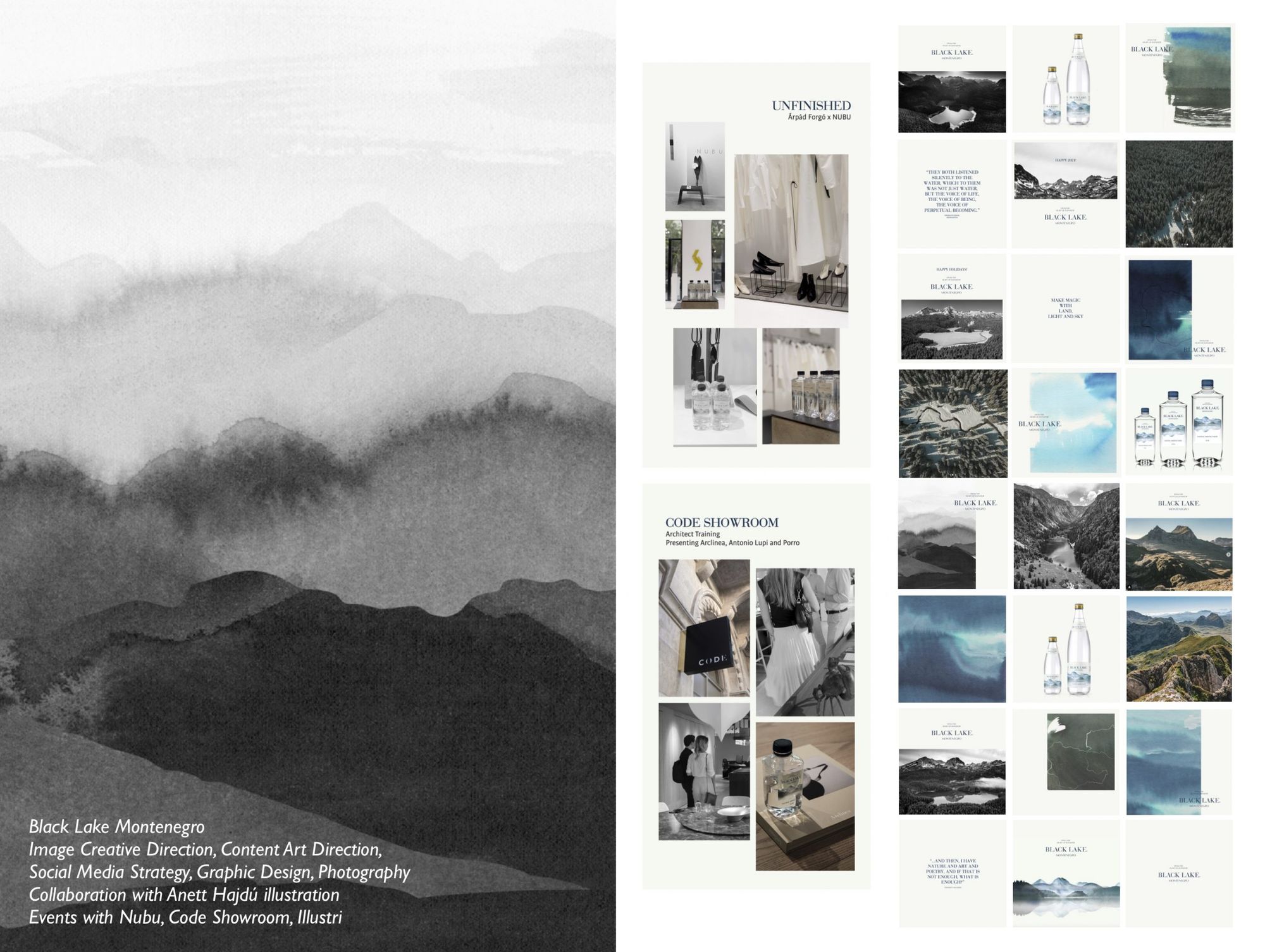
What advice would you give to those interested in the visual arts but have difficulty defining exactly which area? How to start their career?
Gathering, organizing and developing sources of inspiration can help. Often visual art goes hand in hand with another or more of the co-arts; for example, in my case, the visual world of film complements my fashion-driven sources. Another help, I think, is the many personal projects with co-creators, friends, family or creators unknown to us. I have made many friendships and collaborative creations through such projects, which have contributed significantly to what I am doing now.
There should be room for play and experimentation, and not everything should be taken seriously. We grow in joy, and I often have to remind myself of this too, when I want to achieve something “just” by hard work.
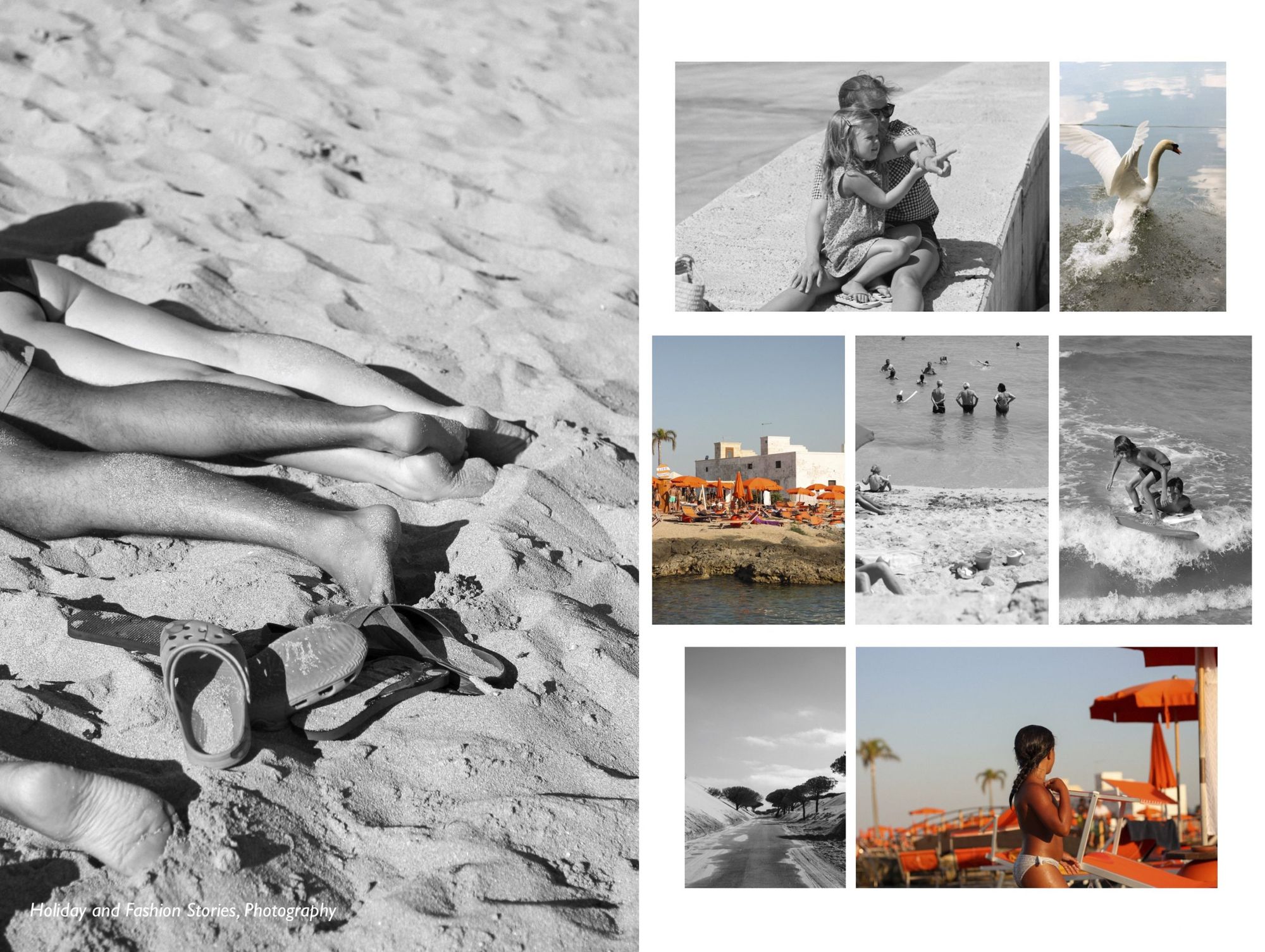
Is there a project you are currently working on or planning and would you like to tell us about it?
I have been researching the hotel industry and its visual and strategic manifestations in the last few years. The hotel industry is in transition, much like the fashion industry. The most interesting thing is that while fashion is opening up to lifestyle, lifestyle is opening up to fashion. This means that potential and valuable connections can and are being made and that parallels and alignments are being created between structural architectures.
As a result of this research, a lifestyle trend lecture entitled “TOGETHERNESS 2022” and a creative management workshop will be available from February—mainly for hotels. In this program, I will focus on applying forward-looking and long-term trends and on how to create a prominent and authentic brand identity with recognizable communication and collaboration opportunities.
Photos: Angie Pálmai
curated by ATELIER / The Journey Matters
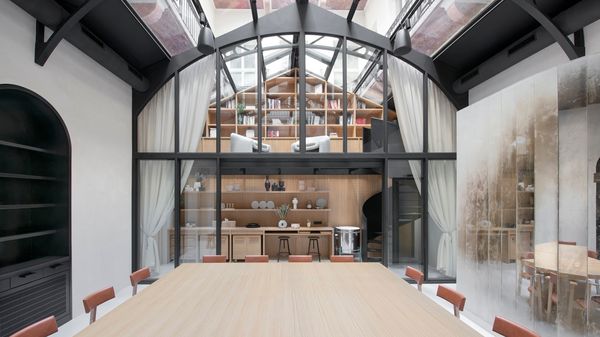
Beyond flavours: Műhely, the hall of ONYX

Clothes for (not only) extra tall people—interview with the founders of thisSIDE










